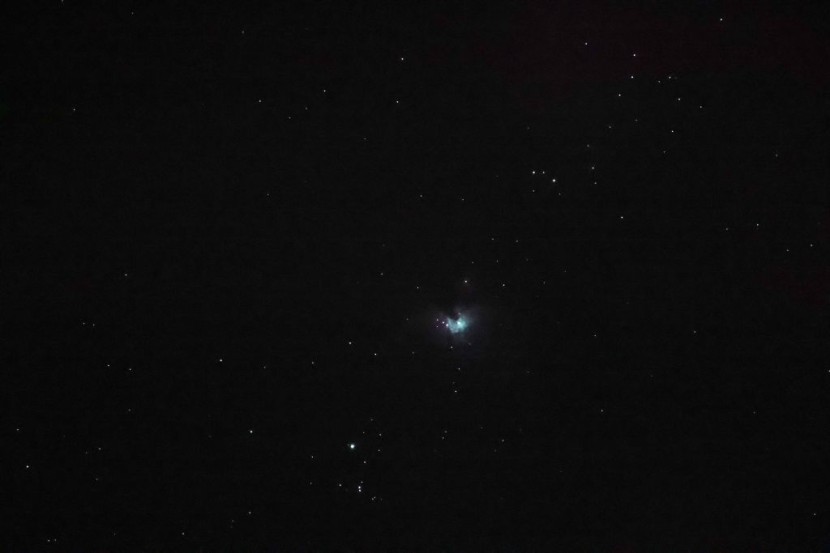NASA's James Webb Space Telescope captured images of a ghostly galaxy that disappeared from view when using the Hubble Space Telescope.
The galaxy was captured in a photo that showed it as a very blurry, highly dust-obscured resident of the cosmos. The name of the cosmic object is AzTECC71 and sits at a distance that is so far from Earth that it slips in and out of the observing eyes of various telescopes.
James Webb Captures Image of Ghostly Galaxy

What is striking for astronomers about the new image that James Webb captured is that it shows what the ghostly galaxy looked like just 900 million years after the Big Bang. That was a time when the universe was turning on its very first stars, which was eons before our solar system was even born.
The powerful space telescope's view of this galaxy as a hazy speech of light is a far cry from many other glorious images of galaxies and galaxy clusters that it has captured in the past. However, even such a low-quality image holds crucial information for scientists to understand more of the early universe, as per Space.
In a statement, the author of the study, Jed McKinney of the University of Texas at Austin said that the fact that the galaxy is only barely visible to the most sensitive imaging equipment that humans have access to is so "exciting."
He added that the finding tells scientists that there is a potential that there is a whole population of galaxies that have been hiding in plain sight. The discovery also means that the early universe was much dustier than astronomers previously believed. It provides crucial insight into how it evolved since the Big Bang roughly 13.8 billion years ago.
The ghostly galaxy was first spotted as an incomprehensible blob of light by the James Clerk Maxwell Telescope stationed in Hawaii. It was later seen by the ALMA radio telescope located in Chile. However, when the Hubble Space Telescope took a look, it seemingly vanished from sight.
Galaxies Hiding in Plain Sight
While the image that James Webb captured of AzTECC71 shows it as the size of a little blob, astronomers noted that it is actually a massive cosmic object and is capable of forming hundreds of new stars annually, according to BGR.
The finding is the latest marvelous finding made by James Webb that gives astronomers more depth into the early universe. It helps scientists get a better understanding of how stars form and what has happened since then.
Dusty star-forming galaxies are also called "Hubble dark galaxies" and are difficult to see but represent stellar nurseries for the formation of new stars. These galaxies are hard to come by at normal optical wavelengths because the light that they produce ends up being absorbed by the surrounding dust.
McKinney added that despite AzTECC71's modest appearance, it could hold a number of surprises for astronomers. He said, "This thing is a real monster," adding that the ghostly galaxy's faintness is suggestive of other unique cosmic features that astronomers have yet to discover, said The Debrief.
© 2026 HNGN, All rights reserved. Do not reproduce without permission.








